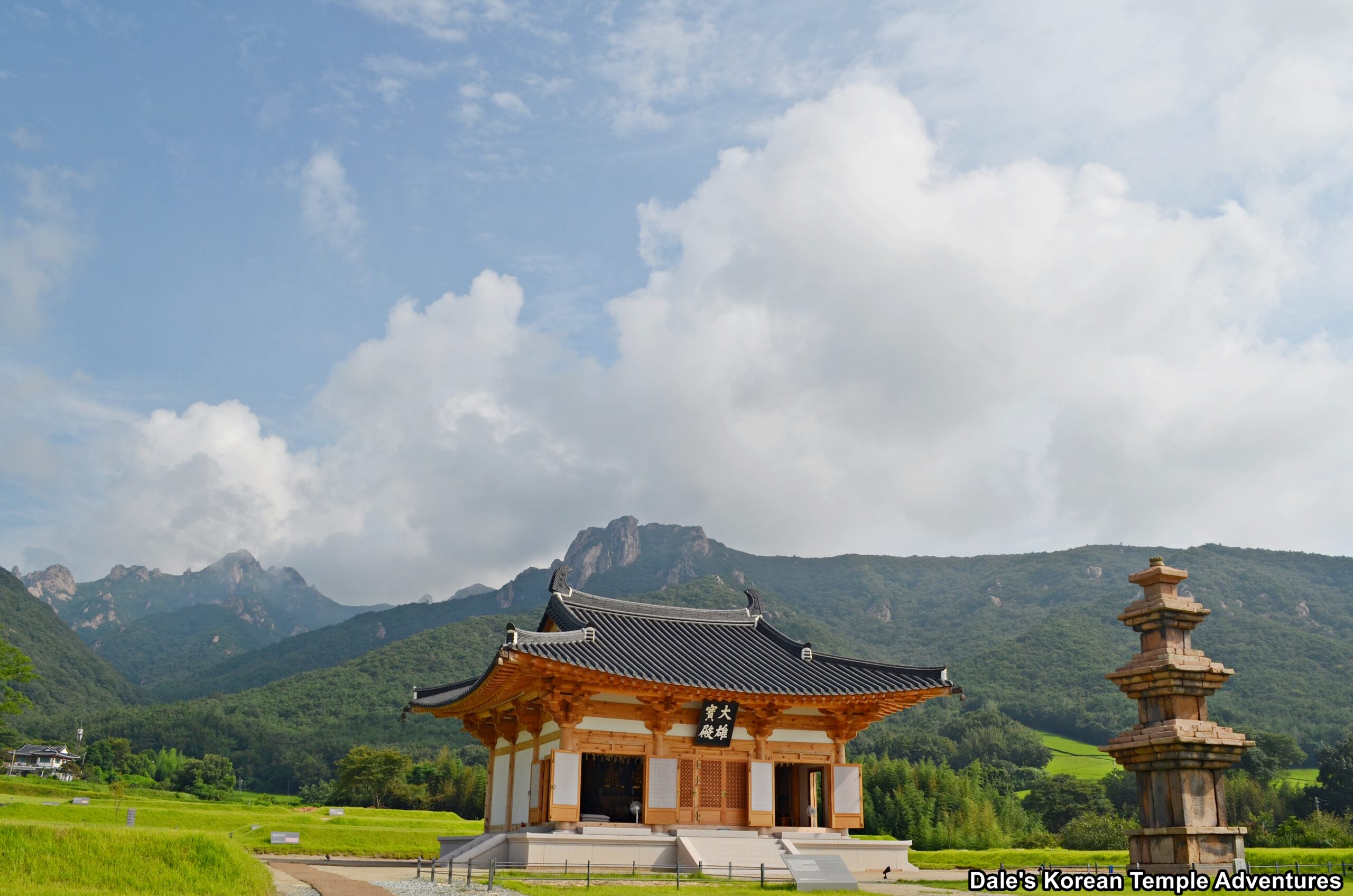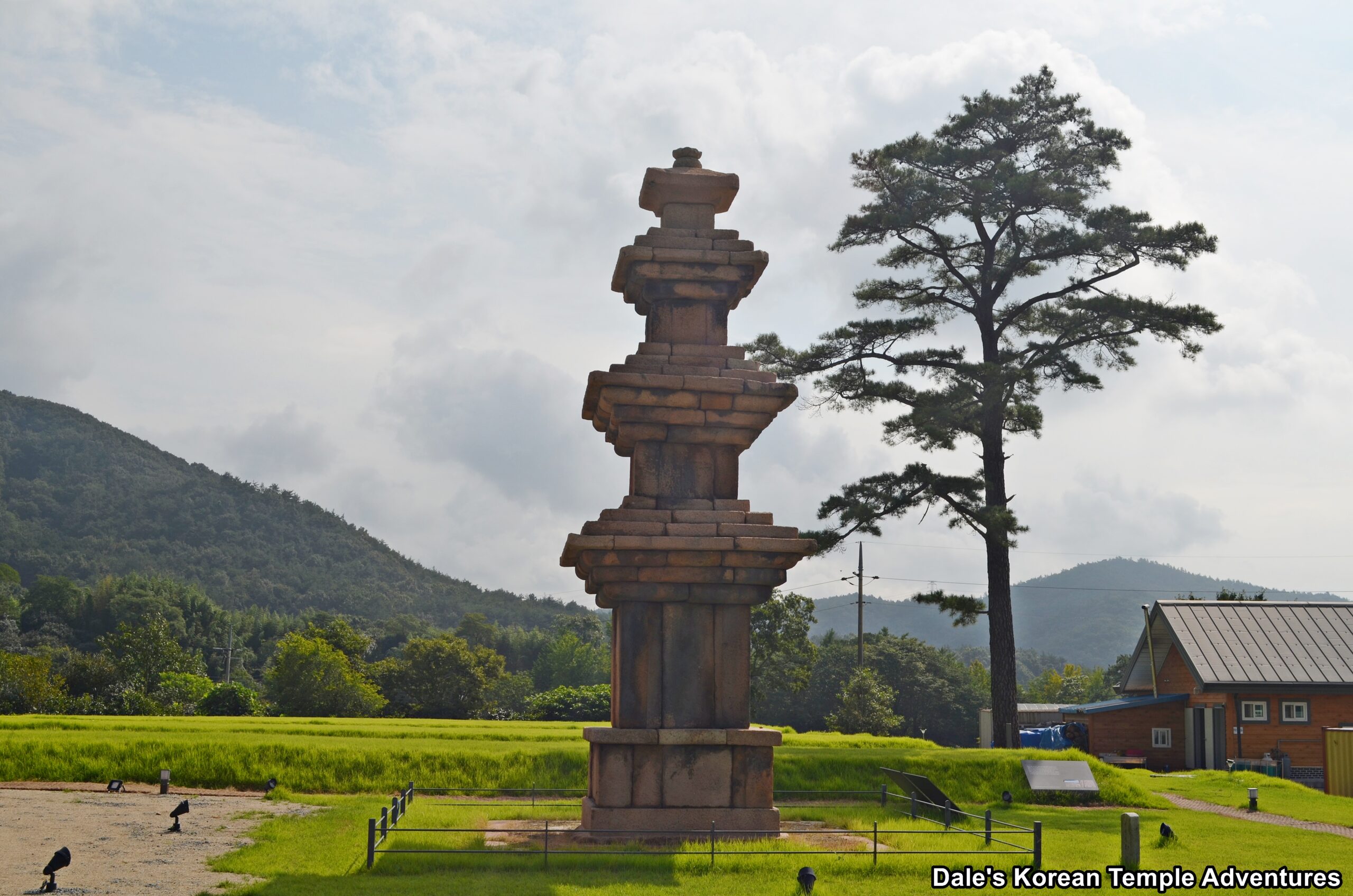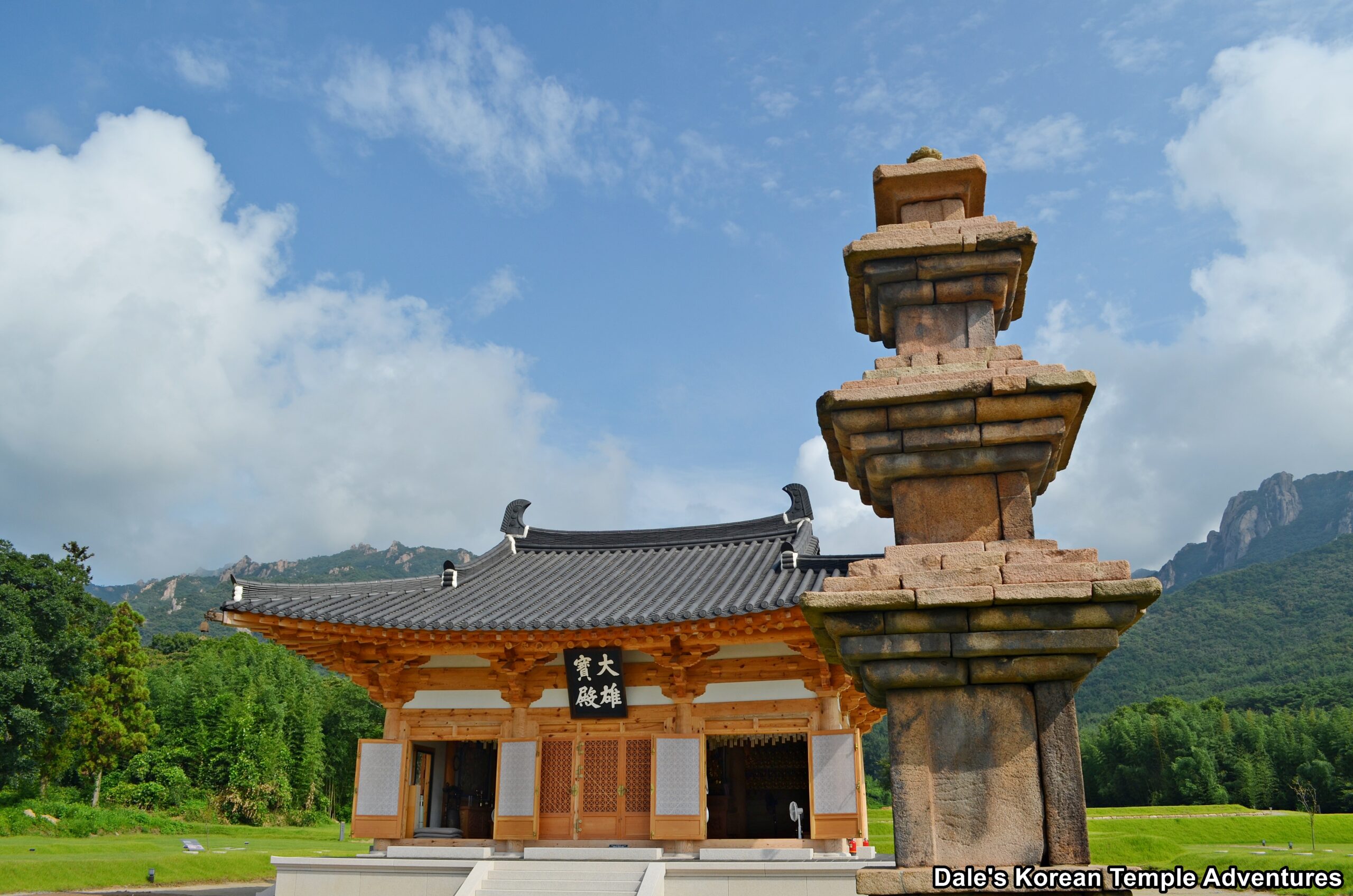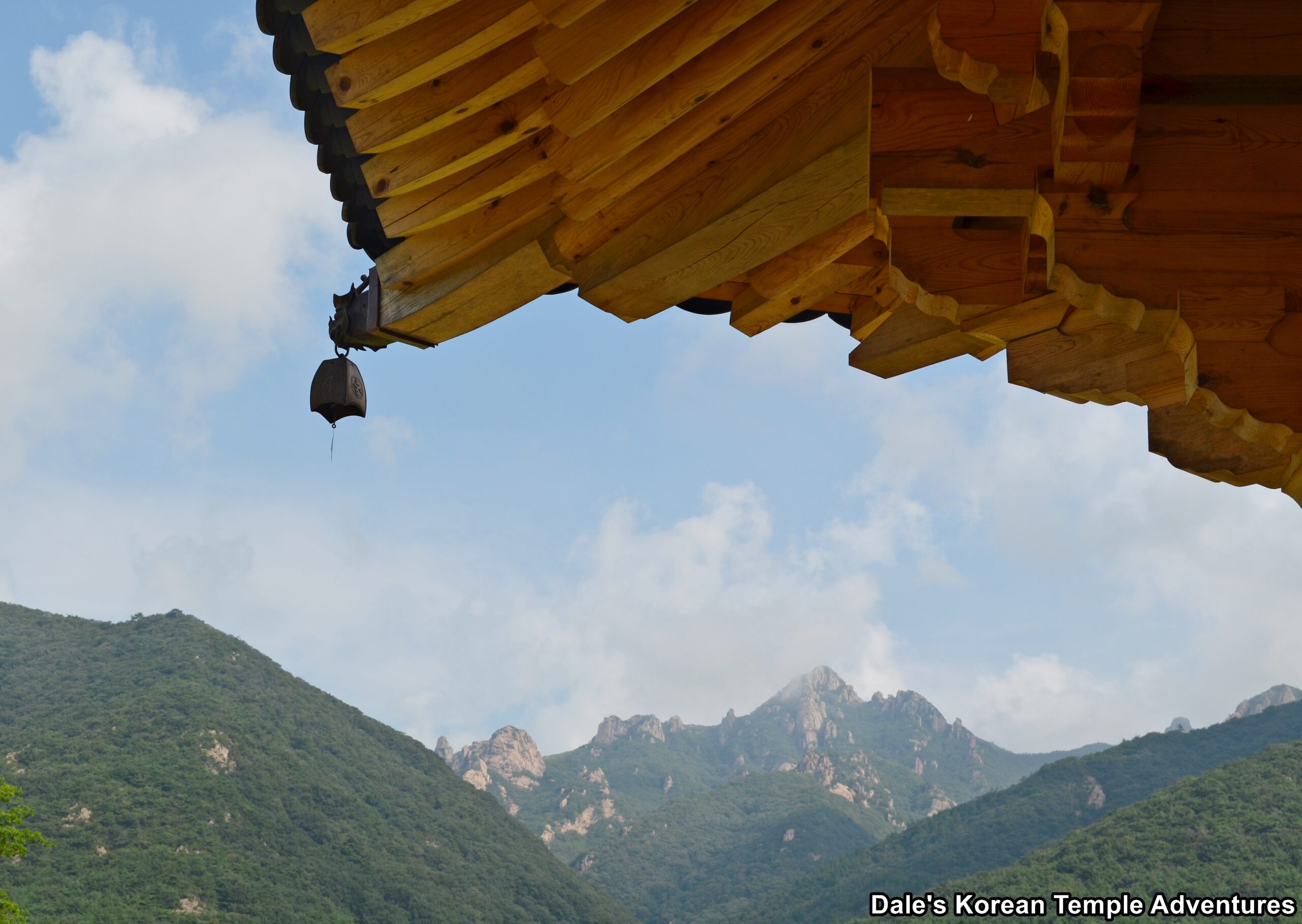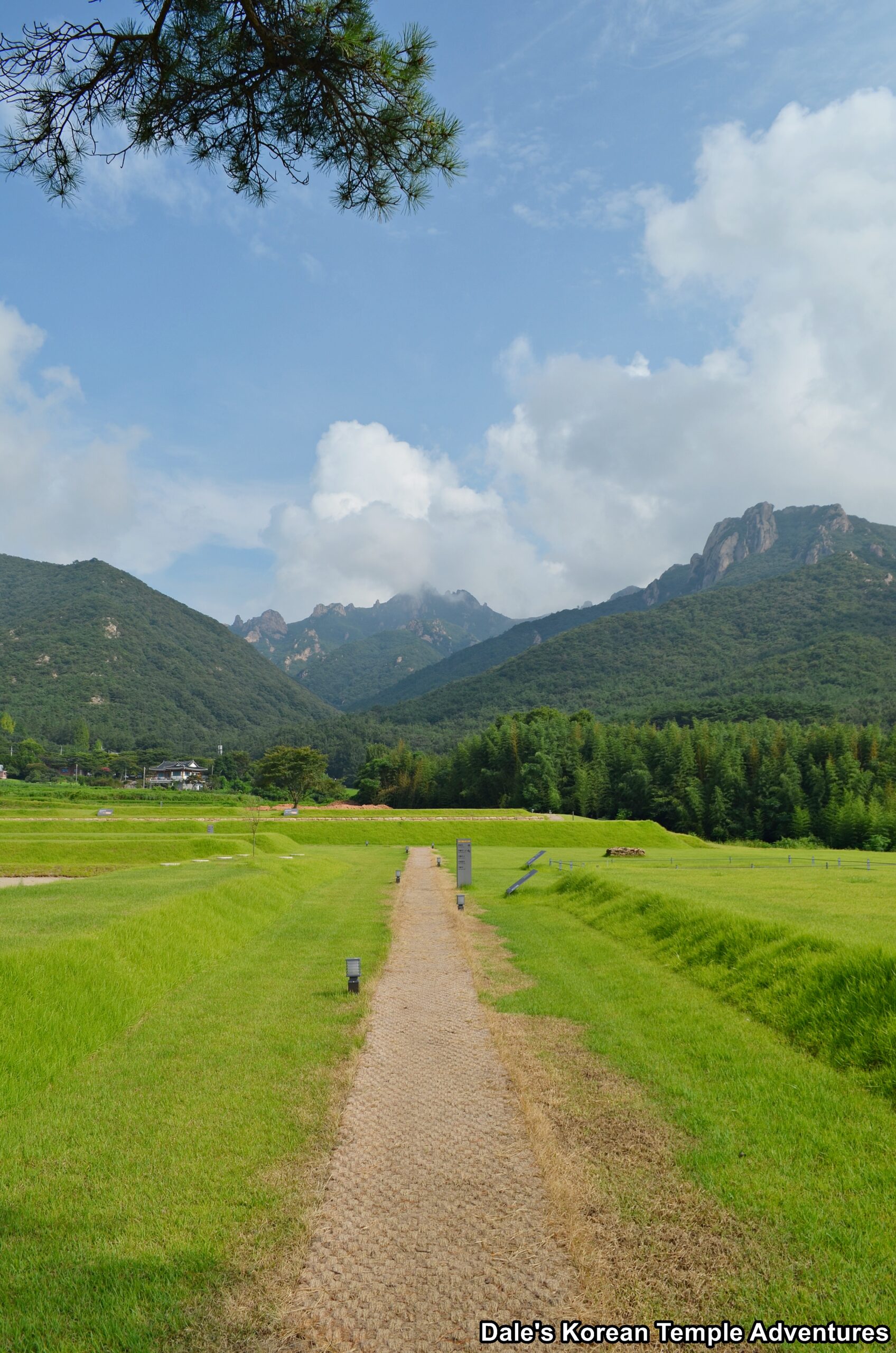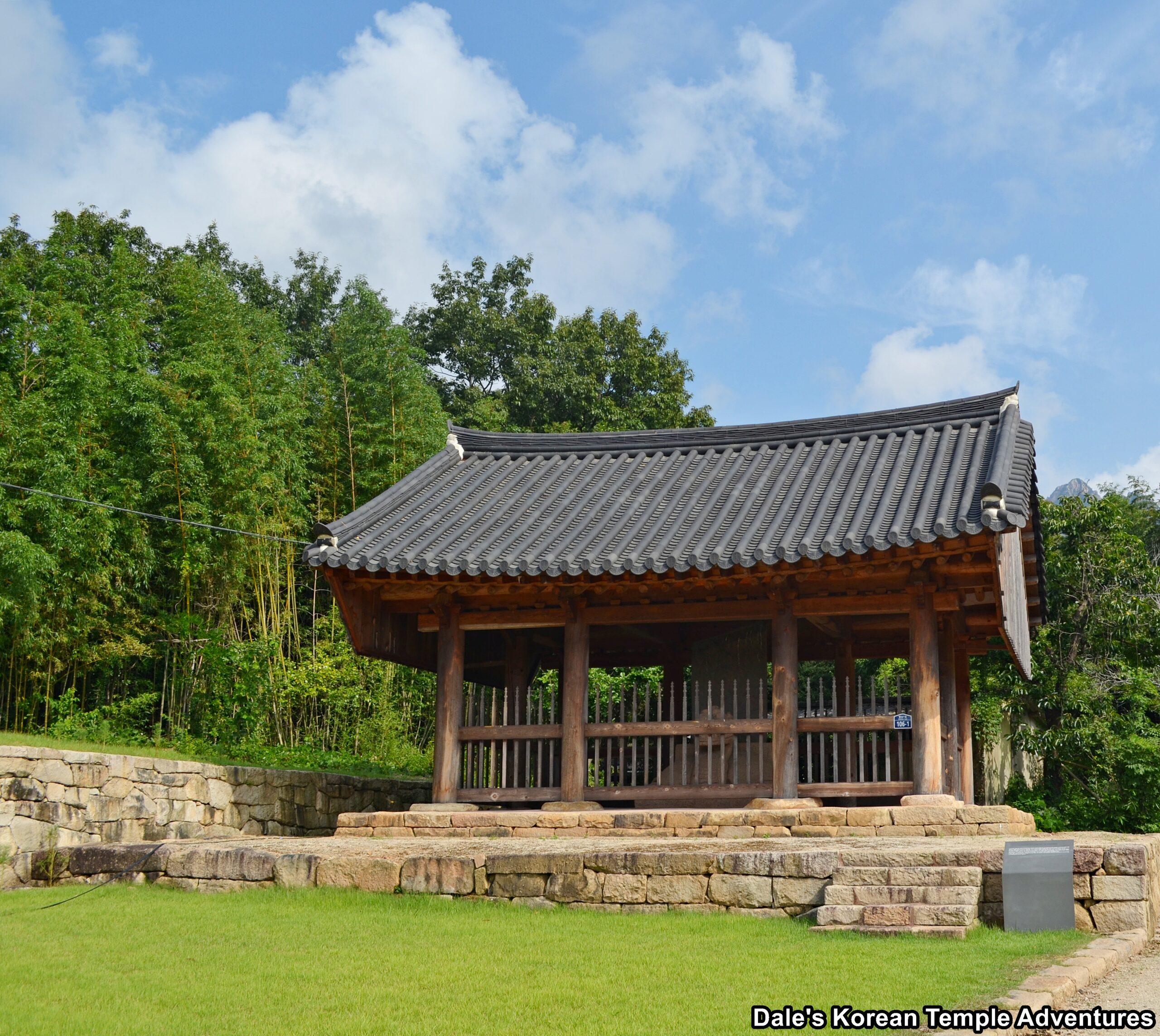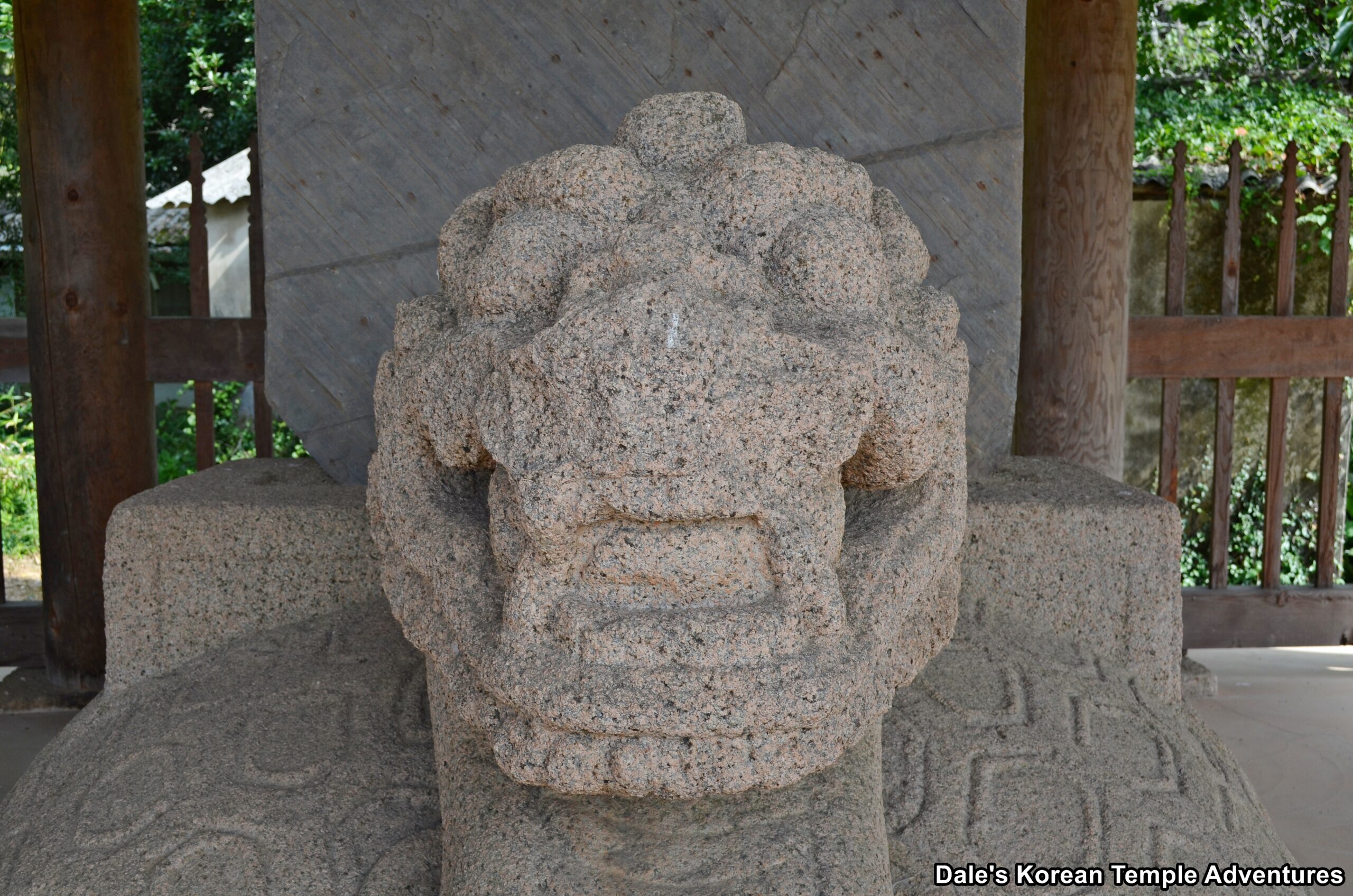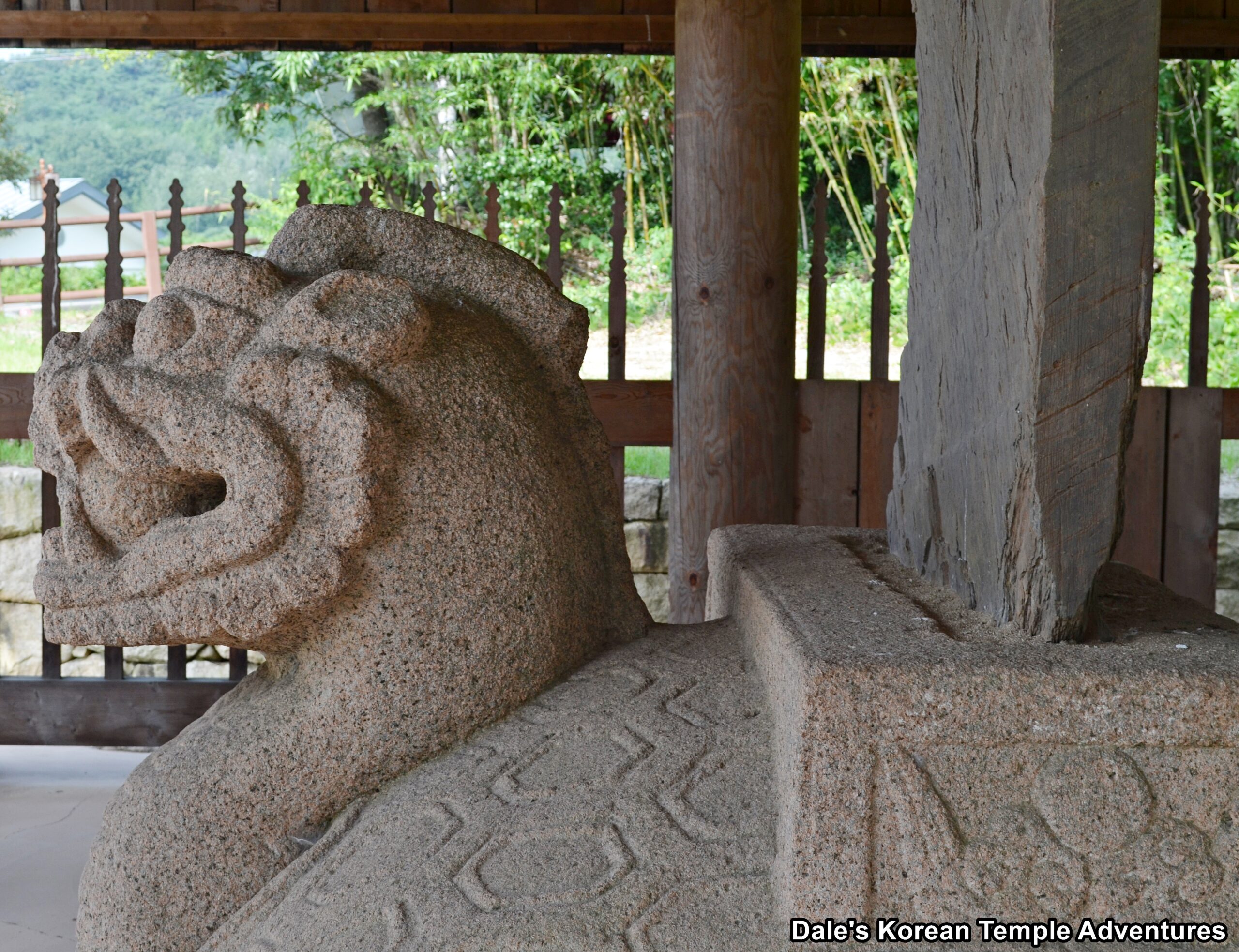Wollamsa-ji Temple Site – 월남사지 (Gangjin, Jeollanam-do)
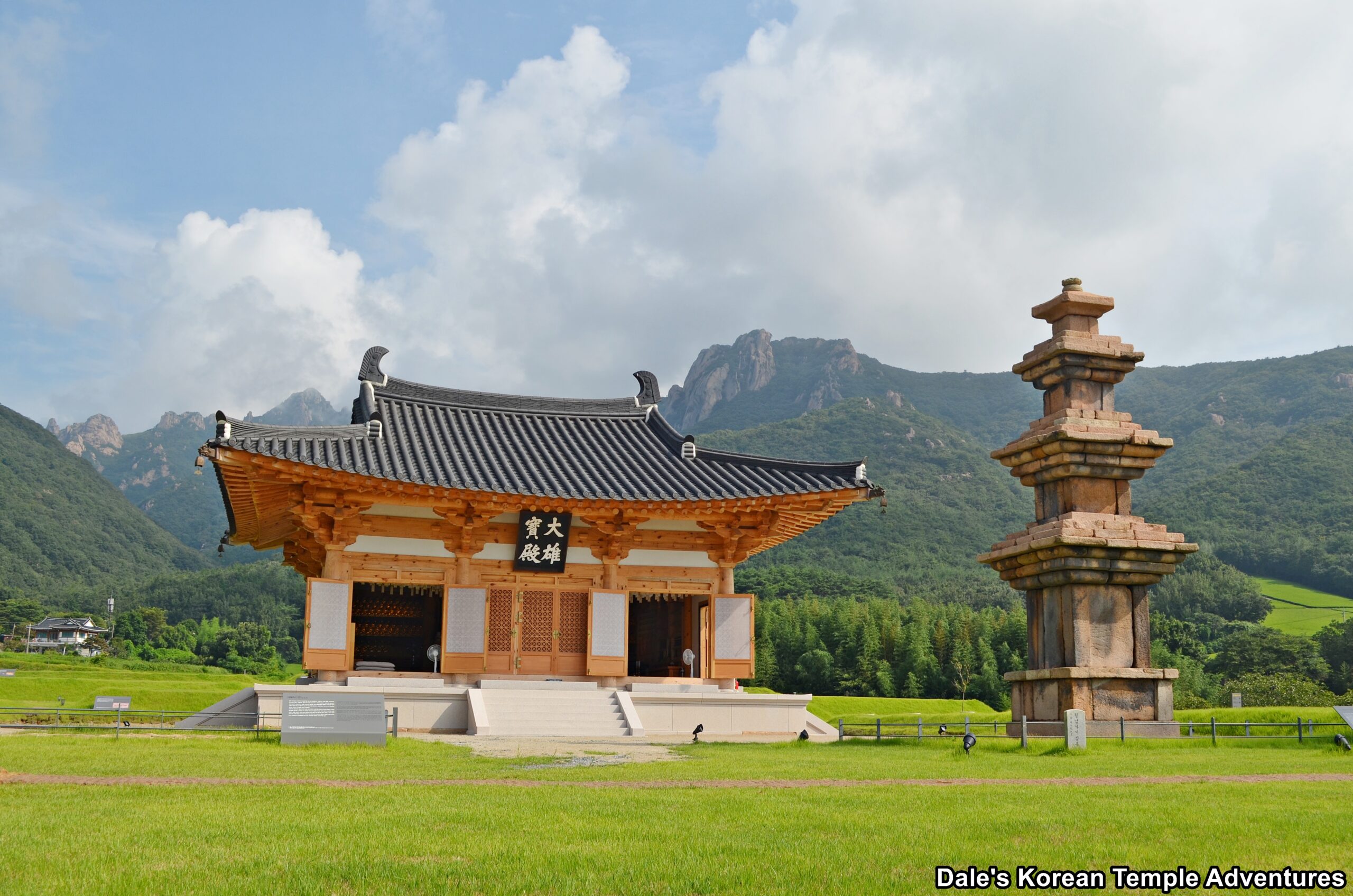
Temple Site History
The Wollamsa-ji Temple Site is located in northern Gangjin, Jeollanam-do in the southern foothills of Mt. Wolchulsan (810.7 m). In fact, it’s just over the hill from the famed Muwisa Temple. The history of this temple is largely unknown. According to a 16th century document, it was founded by the monk Hyesim (Jingak-guksa, 1178-1234), during the Goryeo Dynasty (918-1392). However, recent excavations of the site in the 2010s revealed not only building sites, roof tile shards and celadon shards from the Goryeo Dynasty, but also roof tiles from the Baekje Kingdom (18 B.C. – 660 A.D.). This suggests that the temple was founded during the Baekje Kingdom and later expanded during the Goryeo Dynasty.
The overall layout of the temple site is typical of Buddhist temples built during Unified Silla (668-935 A.D.); and yet, the buildings and extant east pagoda (Korean Treasure #298) date to the Goryeo Dynasty. There are no specific records as to when the temple fell into disrepair, but it’s presumed to have been destroyed during the Imjin War (1592-98) and never restored. The reason for this, and based upon historical records, the only temple that still remained in the area after the Imjin War was the neighbouring Muwisa Temple.
In total, there are two Korean Treasures at the Wollamsa-ji Temple Site. They are the “Stele for State Preceptor Jingak at Wollamsa Temple Site,” which is Korean Treasure #313; as well as the “Three-Story Stone Pagoda at Wollamsa Temple Site,” which is Korean Treasure #298. As for the temple site itself, it’s Jeollanam-do Monument #125.
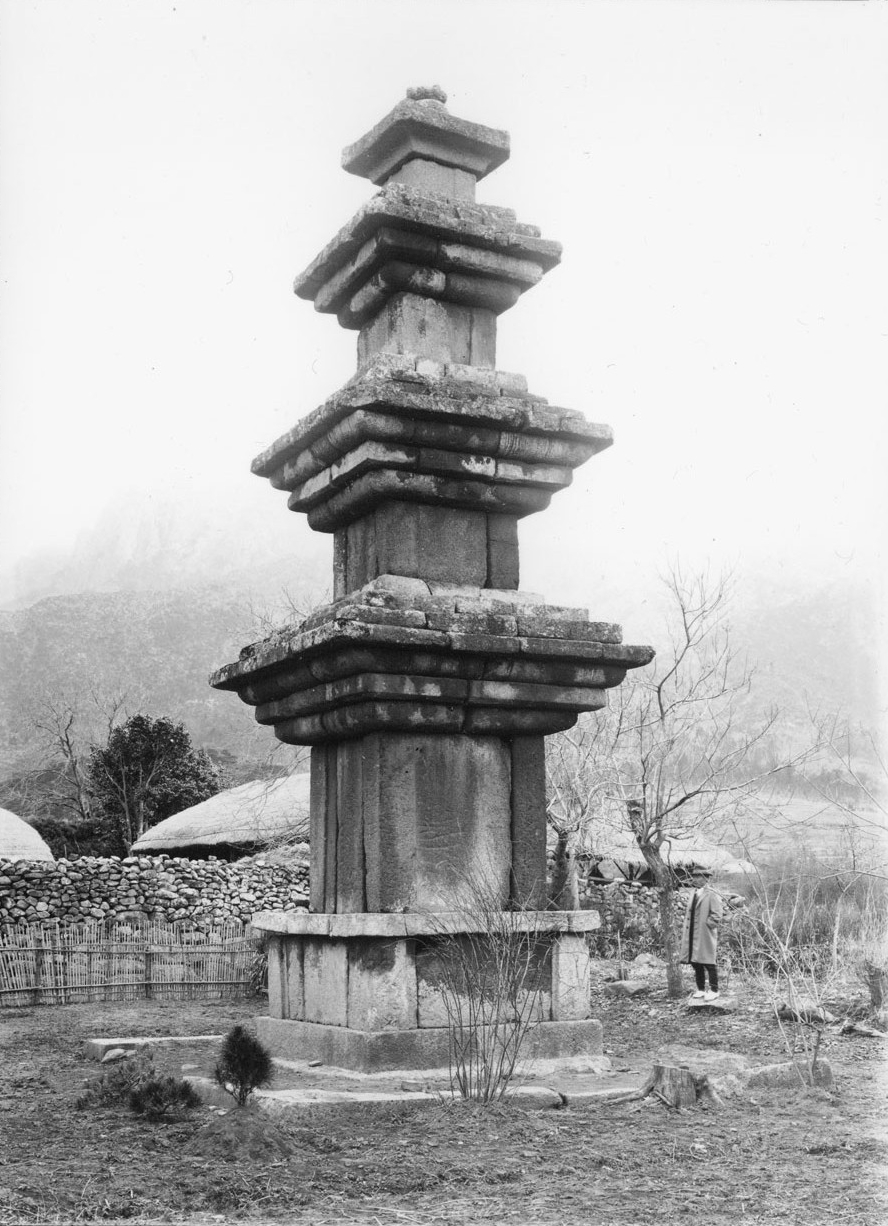
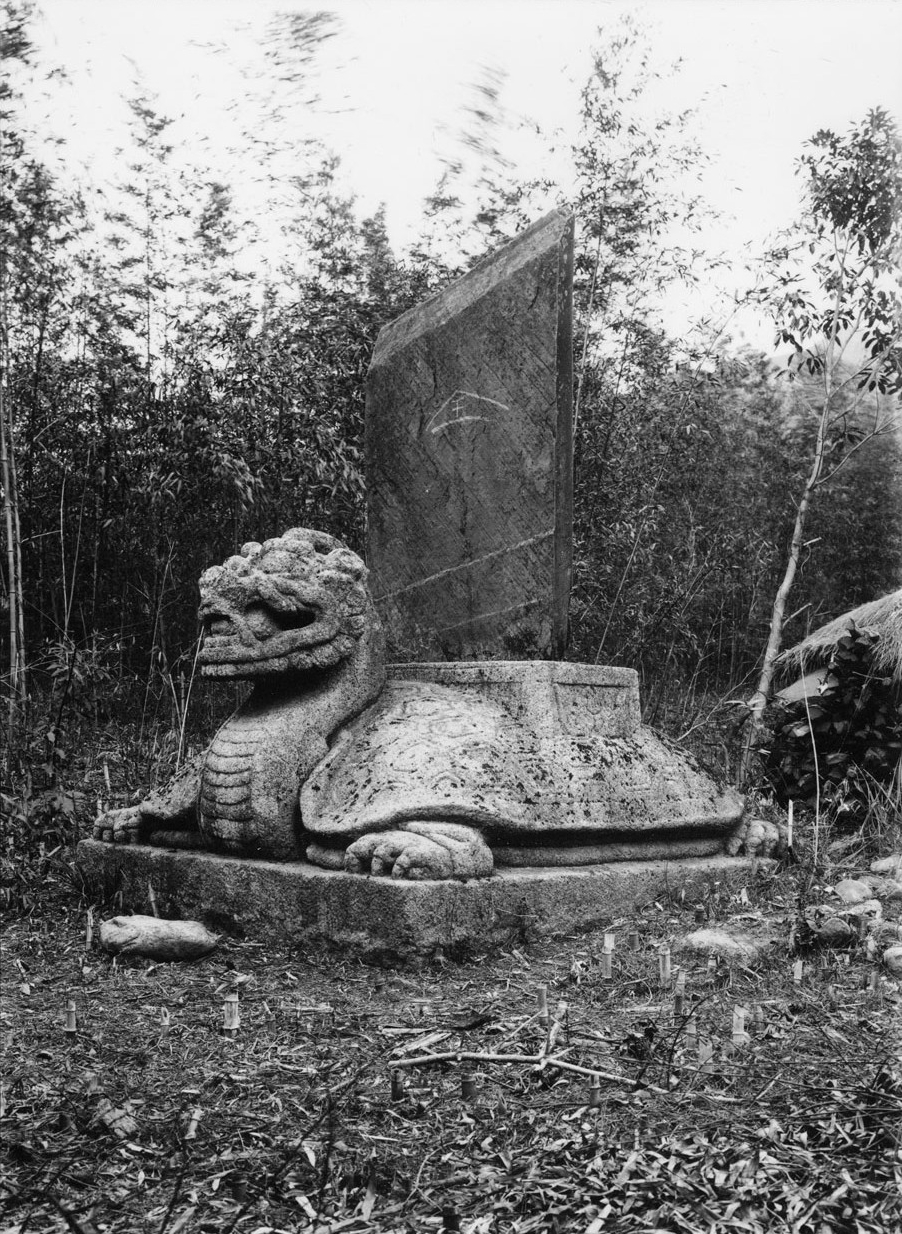
Temple Site Layout
Formerly, the Wollamsa-ji Temple Site was surrounded by private homes. Now, and after years of archaeological work and reconstruction, the former temple site now lies in a clearing with Mt. Wolchulsan framing the temple site grounds. In addition to all the labourous work that has been completed to make the Wollamsa-ji Temple Site look the way it does, there is also recent construction to the south of the temple site grounds to make the temple site a fully operational temple, once more.
With all that being said, and from the temple site parking lot, you can see the sprawling temple site grounds out in front of you to the north. The first thing to stand out when you approach the Wollamsa-ji Temple site, besides the newly reconstructed Daeungbo-jeon Hall that stands on the former Geumdang-ji Site, is the “Three-Story Stone Pagoda at Wollamsa Temple Site.” Formerly, there were two pagodas, both an east and west pagoda, but the west pagoda no longer stands; instead, all that remains is the eastern pagoda. The pagoda appears to be made of bricks, but it’s actually built by piling up natural stones that are cut to look like bricks. This style of pagoda is rare. The three-story pagoda rests on top of a single story pedestal. The square pedestal is made of neatly cut stone blocks with a capstone on top of them. The three body stones are also made of stone blocks with capstones. The first-story body stone is the biggest with the two subsequent body stones growing smaller in size. However, all three body stones use the same method and style. While built during the Goryeo Dynasty, the pagoda retains a Baekje-style, which is where the pagoda is located (on the former lands of the Baekje Kingdom). The style of this pagoda closely resembles that of the “Five-Story Stone Pagoda at Jeongnimsa Temple Site” in Buyeo, Chungcheongnam-do. In both style and size, the “Three-Story Stone Pagoda at Wollamsa Temple Site” is incredibly important. The “Three-Story Stone Pagoda at Wollamsa Temple Site” is Korean Treasure #298.
Backing the “Three-Story Stone Pagoda at Wollamsa Temple Site” is the newly constructed Daeungbo-jeon Hall that rests upon the former Geumdang-ji Site. The exterior walls to the Daeungbo-jeon Hall are still unadorned (and might remain that way). Stepping inside the main hall, you’ll find a triad of golden statues resting on the main altar. Resting in the centre of this triad is an image of Seokgamoni-bul (The Historical Buddha), who appears to be joined by Amita-bul (The Buddha of the Western Paradise) and Yaksayeorae-bul (The Buddha of the Eastern Paradise, and the Buddha of Medicine). Beyond the main altar, the sumidan, you’ll find rows of statuettes dedicated solely to Seokgamoni-bul. And hanging on the far left wall is a modern Shinjung Taenghwa (Guardian Mural).
To the immediate right and left of the Daeungbo-jeon Hall are two long rectangular raised pieces of land. These are two former corridors. Directly behind the new main hall is another raised piece of land that was a shorter corridor that led to three former buildings at the Wollamsa-ji Temple Site. The last of these raised pieces of land was the former lecture hall at the temple. To the right of the eastern corridor site, the Hoerang-ji, is a collection of two additional building sites. You’ll also find a water well in this area, too.
The final thing that visitors can explore is to the far west. Housed inside a large wooden pavilion is the “Stele for State Preceptor Jingak at Wollamsa Temple Site.” This stele, which is known as a “biseok” in Korean, was made to commemorate Jingak-guksa (1178-1234). The stele was first erected in 1250. Jingak-guksa’s name was Choe Hye-sim. He passed the state civil examination when he was 24 years old. However, after his mom died, he became a monk. Jingak-guksa learned under the famed monk Jinul (1158-1210). Jingak-guksa would become the successor to Jinul.
Traditionally, a Korean stele consists of three parts: the tortoise-shaped base, the body stone, and the capstone. The “Stele for State Preceptor Jingak at Wollamsa Temple Site” has a beautiful tortoise-shaped base. The tortoise has its neck stretched outward with a bead in its mouth. It’s placed all four of its feet on the ground, and it looks both strong and realistic. The shell of the tortoise as hexagonal shapes on its back, and it supports the weight of the partial body stone that still remains. The other half of the body stone is now housed at the Gwangju National Museum. The surface of the remaining stone has nearly been worn away. And the capstone is completely missing.
How To Get There
From the Gangjin Intercity Bus Terminal, you’ll need to walk about 5 minutes to get to the “Gangjin Jeonhwaguk – 강진 전화국” bus stop. You’ll then need to take the “Nongeo-chon 농어촌 5-1” bus. This type of bus is typically a town bus. After one hour, or 22 stops, you’ll need to get off at the “Wollam – 월남” bus stop. And from where the bus drops you off, you’ll be right at the Wollamsa-ji Temple Site.
Overall Rating: 6/10
The Wollamsa-ji Temple Site is one of the most beautifully located temple sites in all of Korea with the beautiful Mt. Wolchulsan as a backdrop and the surrounding green tea fields. In addition to all of its natural beauty are the pair of Korean Treasures, the “Stele for State Preceptor Jingak at Wollamsa Temple Site” and the “Three-Story Stone Pagoda at Wollamsa Temple Site.” It’s hard to believe that just a decade ago that this entire area was inundated with houses.
